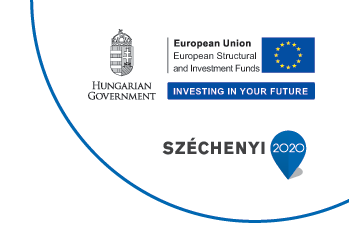
Discover what was new at ThalesNano in September — from groundbreaking scientific publications and major company events to fresh product news.

Unlocking the potential of hydrogen deuterium exchange via an iterative continuous-flow deuteration process (Feuillastre et al., 2025)
Nature Communications
This study highlights a novel continuous-flow hydrogen–deuterium exchange (HDE) process, utilizing the ThalesNano H-Cube® Mini Plus and H-Cube® Pro systems. The team employed a packed-bed Ru/C catalyst configuration with in-situ D₂ generation from D₂O. The method enables site-selective or full perdeuteration with isotopic purities exceeding 95%, and is scalable to gram quantities. This efficient, green approach offers significant potential for pharmaceutical labeling, molecular imaging, and advanced materials research.
Continuous flow production of γ-valerolactone from methyl-levulinate promoted by MOF-derived Al2O3–ZrO2/C catalysts (Paone et al., 2025)
RSC Sustainability
This remarkable piece of research utilized the ThalesNano Phoenix Flow Reactor to convert methyl levulinate to γ-valerolactone (GVL) – a key bio-based solvent – under continuous-flow conditions. Using MOF-derived Al₂O₃–ZrO₂/C catalysts at 200 °C and 30 bar, they achieved 80% conversion and 72% yield in just 30 minutes. The process demonstrated excellent catalyst performance, regenerability, and scalability, highlighting a promising route for green biomass valorization.
[2,3]-Sigmatropic rearrangement with [1.1.1]propellane (Hari et al., 2025)
Nature Communications
In this study, researchers developed a continuous-flow photochemical method for synthesizing strained azetidines – valuable motifs in medicinal chemistry – via visible-light [2+2] cycloadditions. Using the ThalesNano PhotoCube, they achieved efficient and scalable production with high diastereoselectivity and quantum yields, even on gram scale. The system’s tunable LED array enabled precise control over reaction parameters, making it ideal for translating photoredox methods into practical synthetic applications.
Browse our publication database
If you would like to read more recent studies, visit ThalesNano’s publication database!

Pharma Research – Simplified, Optimized
Driven by innovation, the pharmaceutical and biotechnology sectors face many challenges like navigating strict regulations and minimizing high R&D costs. These problems partially originate from inefficient, traditional batch methods, which can be replaced with continuous flow technology to significantly reduce reaction times while minimizing risks.
Designed to conduct high-temperature, high-pressure reactions safely and efficiently, ThalesNano’s continuous flow instruments allow for difficult transformations while staying compliant with regulations. Learn how to optimize your API research through application notes and scientific publications, carefully selected by our experts.

10% off for H-Cube® users – CatCart® Exotic Metals Package
Achieve a wide range of specialized experiments with your H-Cube® in a single package! Suitable for catalyst testing and screening, the specialist CatCart® bundle contains 3 pieces each of the following:
- 5% Rh/C
- 5% Ru/C
- 5% Pt/C/sulfided
- 1% Ir/c
The discount includes 30 mm and 70 mm CatCart® types, and is applicable to H-Cube® Mini Plus, H-Cube® Pro, and H-Cube® Advance users.
Send an email to us directly to get the package for 10% off:
Reactor Module for Instrument Fleet Optimization
Enhance your catalyst testing/screening capabilities by adding multiple Reactor Modules to your fleet setup! This add-on can be seamlessly connected to a wide variety of ThalesNano Instrument Fleet configurations via the THS System Controller® and THS Reaction® Software, enabling safe and optimized parallel and/or consecutive reactions.
Stay tuned for further scientific updates next month!


